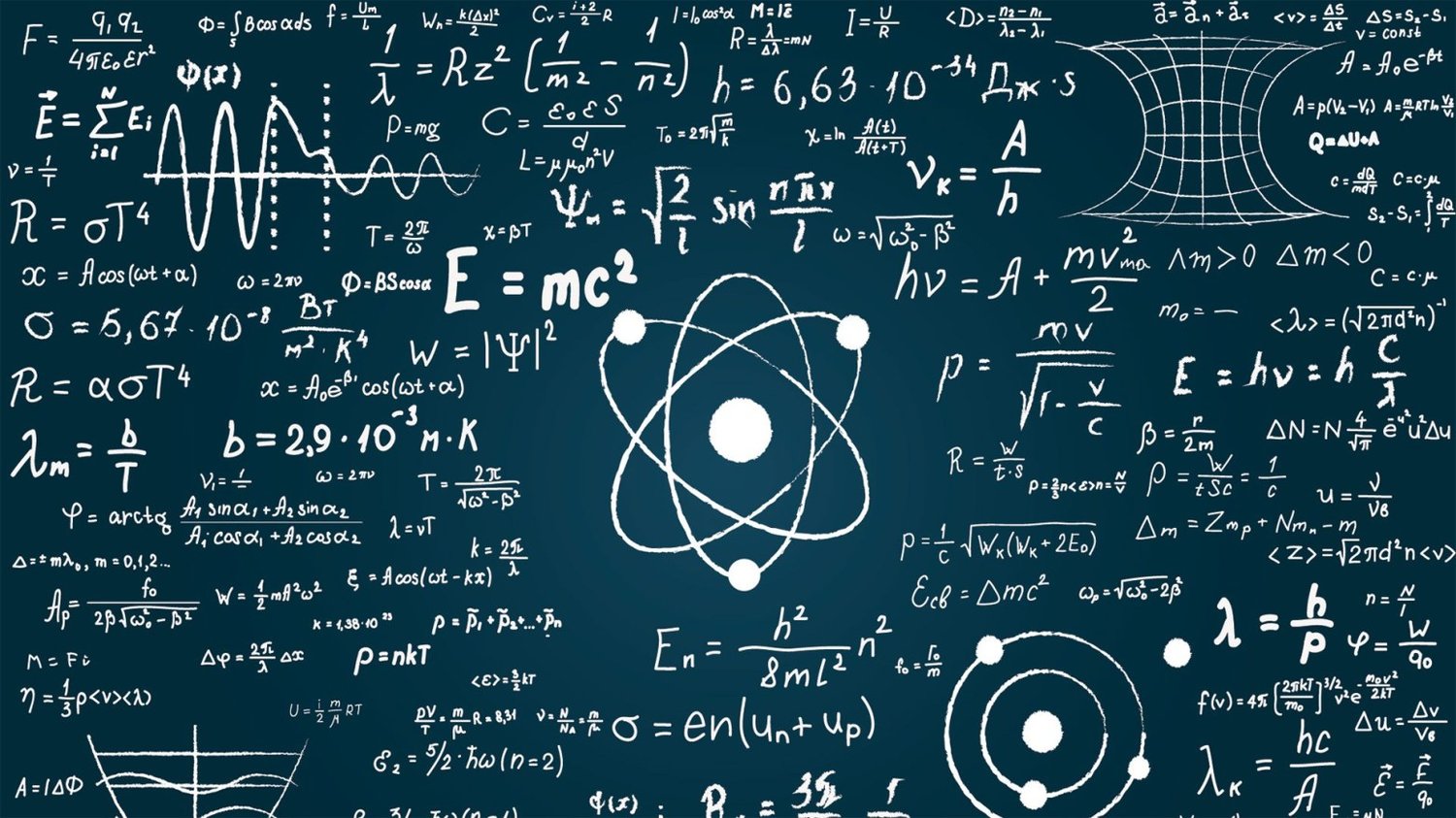An multinational team of physicists, including the University of Augsburg, has confirmed a key theoretical prediction in quantum physics for the first time. The computations for this are so intricate that even supercomputers have struggled with them. However, using machine learning technologies, the researchers were able to significantly simplify them. The research advances our grasp of fundamental quantum principles. It appeared in the journal Science Advances.
The motion of a single billiard ball is relatively straightforward to calculate. Predicting the paths of a large number of gas particles in a vessel that are constantly interacting, slowing down, and being deflected is even more challenging. But what if it’s not even clear how fast each particle is going, resulting in a plethora of conceivable velocities at any one time, differing only in their probability?
In the quantum realm, the situation is similar: quantum mechanical particles can have all potentially possible attributes at the same time. This greatly expands the state space of quantum mechanical systems. To model how quantum particles interact with one another, you must consider their entire state spaces.
“And that is tremendously difficult,” says Prof. Dr. Markus Heyl of the University of Augsburg’s Institute of Physics. “The computational effort grows exponentially as the number of particles increases. With more than 40 particles, it is already so massive that even the most powerful supercomputers cannot handle it. This is one of quantum physics’ great challenges.”
Heyl’s group employed approaches from the field of machine learning—artificial neural networks—to simplify this difficulty. The quantum mechanical state can be reformulated using these. “This makes it more manageable for computers,” Heyl explains. Using this strategy, the scientists studied a significant theoretical prediction that had previously remained a challenge—the quantum Kibble-Zurek process. It explains the dynamical behavior of physical systems during a quantum phase shift. The change from water to ice is an example of a phase transition from the macroscopic and more intuitive world. Another example is magnet demagnetization at high temperatures.
If you reverse the process and cool the material, the magnet begins to form again below a critical temperature. This, however, does not occur uniformly throughout the substance. Rather, a large number of tiny magnets with variously aligned north and south poles are produced at the same time. As a result, the final magnet is a mosaic of many separate, smaller magnets. It also has flaws, according to physicists.
The Kibble-Zurek mechanism predicts the frequency of these faults (in other words, how many mini-magnets the material will eventually be composed of). What’s really intriguing is that the amount of these flaws is universal and thus unaffected by tiny details. As a result, even if their microscopic composition is radically different, many distinct materials behave exactly the same. The Kibble-Zurek process was first proposed to explain how structure forms in the universe. The cosmos was initially fully homogenous after the Big Bang, which means that the hosted matter was dispersed precisely evenly. It was long thought that galaxies, suns, and planets could not have evolved from such a homogeneous state.
The Kibble-Zurek mechanism provides an explanation in this situation. As the universe cooled, flaws formed in the same manner as magnets do. In the meanwhile, these macroscopic processes are well understood. However, there is one sort of phase transition for which the validity of the process has yet to be proven—the previously described quantum phase transitions. “They exist exclusively at the absolute zero temperature point of -273 degrees Celsius,” Heyl explains. “So the phase shift occurs not during cooling, but through changes in the interaction energy—perhaps by altering the pressure.”
The scientists have now used a supercomputer to mimic a quantum phase change. As a result, they were able to demonstrate for the first time that the Kibble-Zurek mechanism also applies in the quantum realm. “That was by no means an obvious conclusion,” says the physicist from Augsburg. “Our research helps us to better characterize the dynamics of quantum mechanical systems including numerous particles, allowing us to better comprehend the rules that govern this strange world.”


